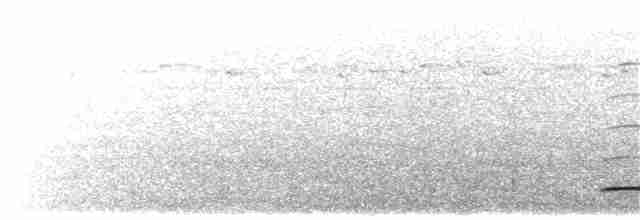Sulawesi Scops-Owl Otus manadensis Scientific name definitions
- LC Least Concern
- Names (20)
- Monotypic
Guy M. Kirwan, Denver W. Holt, Josep del Hoyo, Nigel Collar, Regan Berkley, Caroline Deppe, Paula L. Enríquez, Julie L. Petersen, José Luis Rangel Salazar, Kelley P. Segars, and Kristin L. Wood
Version: 2.1 — Published October 25, 2022
Revision Notes
Revision Notes
Sign in to see your badges
Species names in all available languages
| Language | Common name |
|---|---|
| Catalan | xot de Sulawesi |
| Czech | výreček celebeský |
| Dutch | Ryukyu-dwergooruil |
| English | Sulawesi Scops-Owl |
| English (UK) | Sulawesi Scops Owl |
| English (United States) | Sulawesi Scops-Owl |
| French | Petit-duc de Manado |
| French (France) | Petit-duc de Manado |
| German | Manado-Zwergohreule |
| Indonesian | Celepuk sulawesi |
| Norwegian | sulawesiugle |
| Polish | syczek jasnobrzuchy |
| Russian | Сулавесская сплюшка |
| Serbian | Sulaveški ćuk |
| Slovak | výrik svetlobruchý |
| Spanish | Autillo de Célebes |
| Spanish (Spain) | Autillo de Célebes |
| Swedish | sulawesidvärguv |
| Turkish | Selebes İshakkuşu |
| Ukrainian | Сплюшка сулавеська |
Revision Notes
Guy M. Kirwan revised and standardized the content with Clements taxonomy. Peter Pyle contributed to the Plumages, Molts, and Structure page. Leo Gilman copy edited the account. Arnau Bonan Barfull curated the media.
Otus manadensis (Quoy & Gaimard, 1832)
PROTONYM:
Scops manadensis
Quoy & Gaimard, 1832. Voyage de découvertes de la corvette l'Astrolabe, exécuté par ordre du Roi, pendant les années 1826-1827-1828-1829, sous le commandement de M. J. Dumont d'Urville (etc.). Zoologie. Vol. 1 1, p.170 AtlasOis. pl.2 fig.2.
TYPE LOCALITY:
Manado, Celebes.
SOURCE:
Avibase, 2023
Definitions
- OTUS
- otus
- manadensis
The Key to Scientific Names
Legend Overview
UPPERCASE: current genus
Uppercase first letter: generic synonym
● and ● See: generic homonyms
lowercase: species and subspecies
●: early names, variants, misspellings
‡: extinct
†: type species
Gr.: ancient Greek
L.: Latin
<: derived from
syn: synonym of
/: separates historical and modern geographic names
ex: based on
TL: type locality
OD: original diagnosis (genus) or original description (species)

- Year-round
- Migration
- Breeding
- Non-Breeding
Distribution of the Sulawesi Scops Owl























